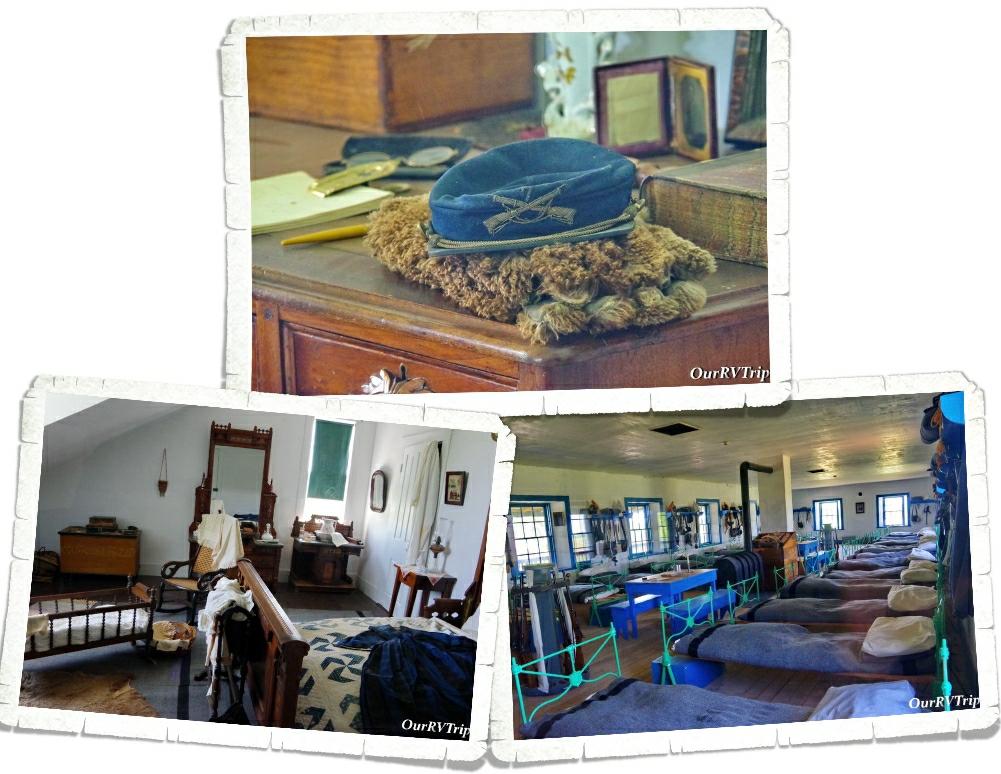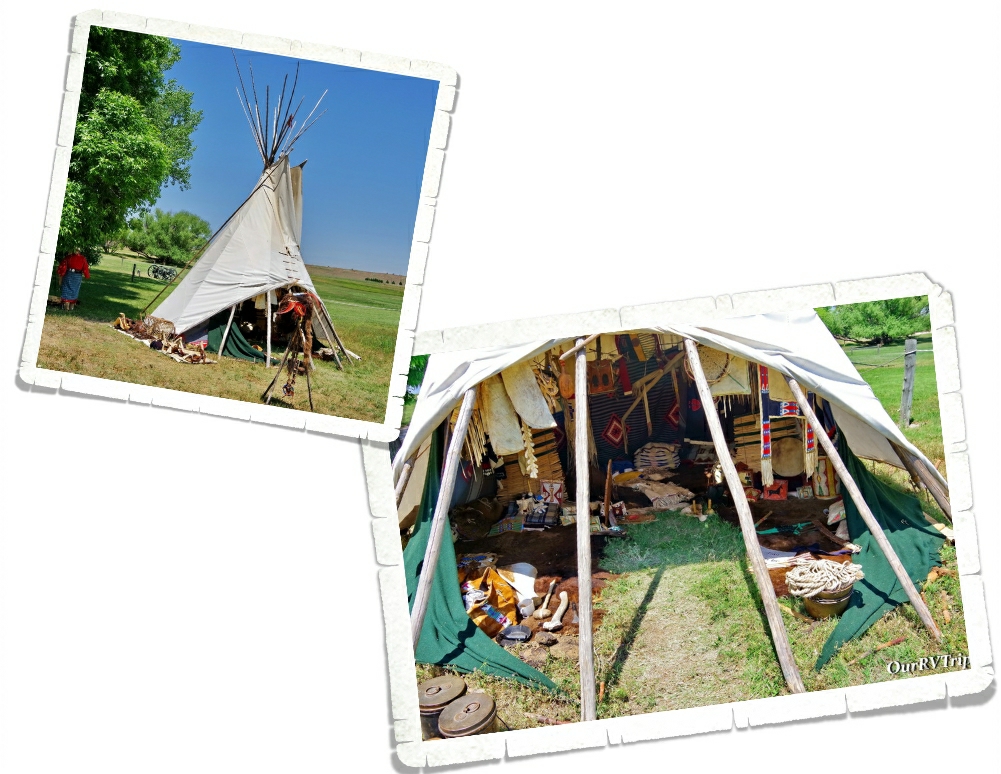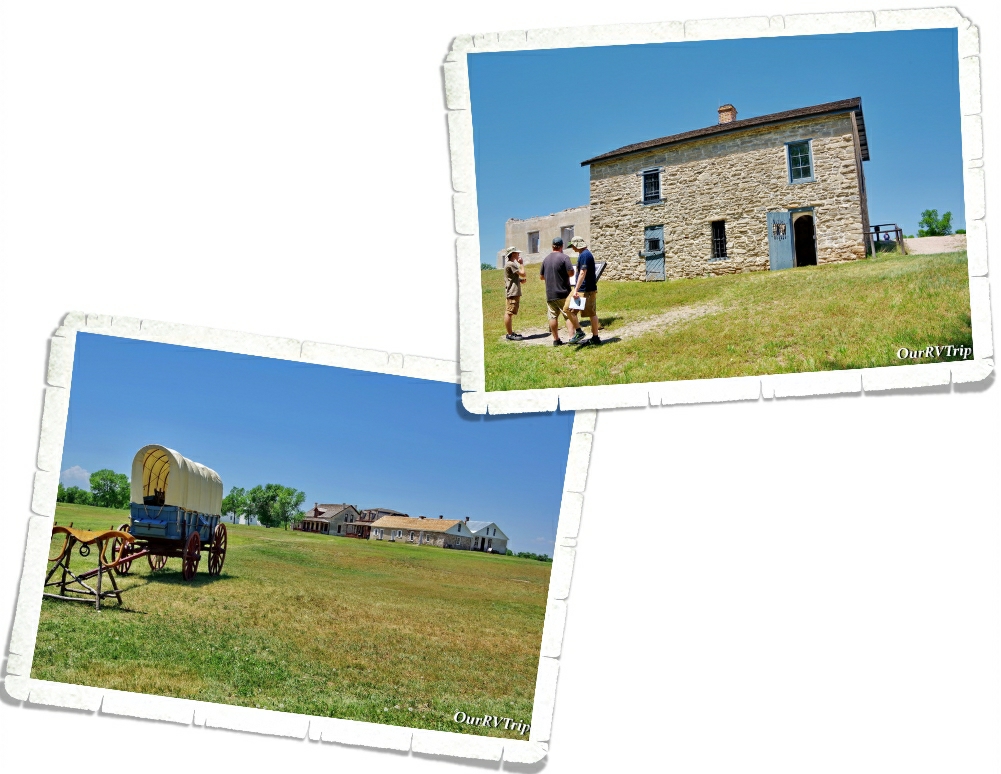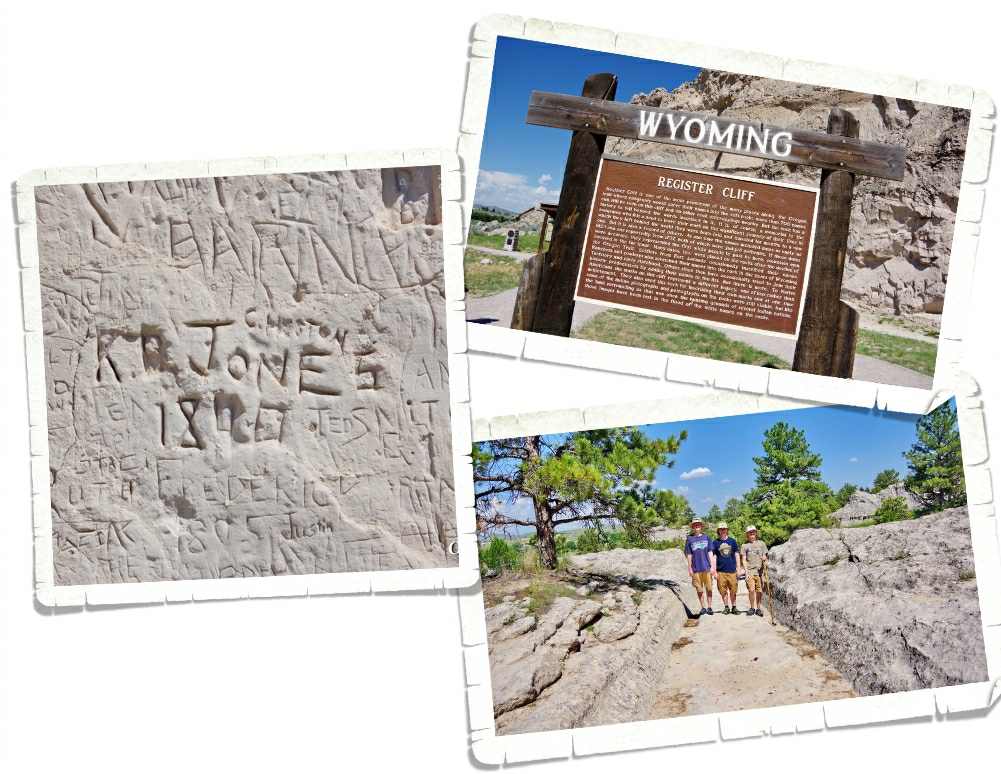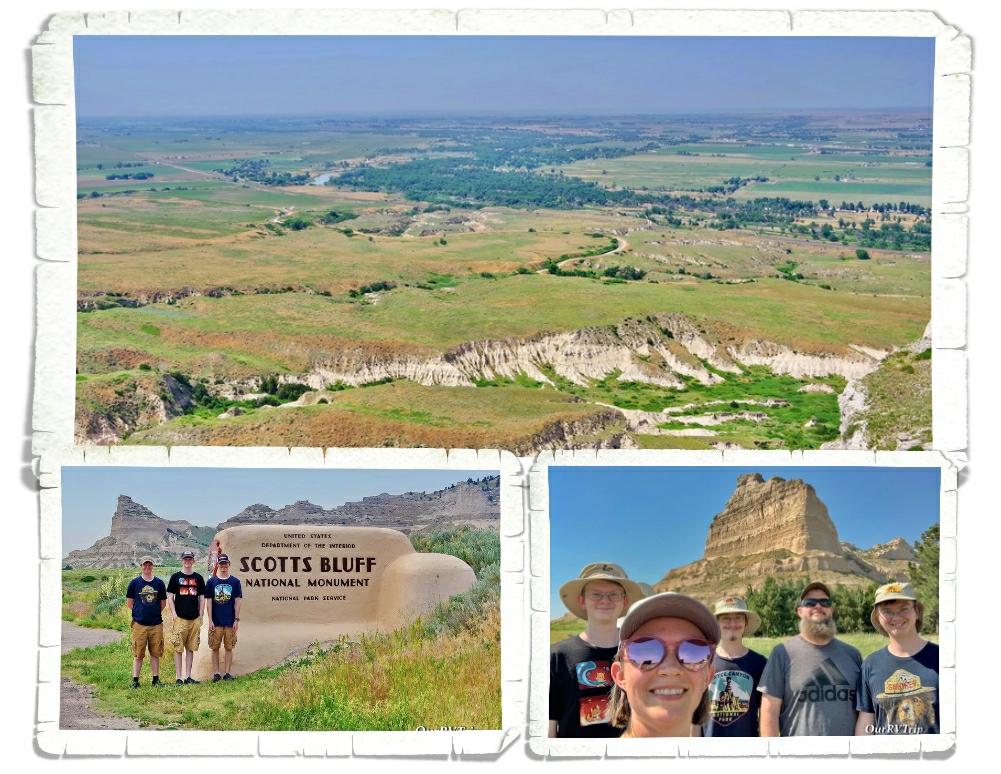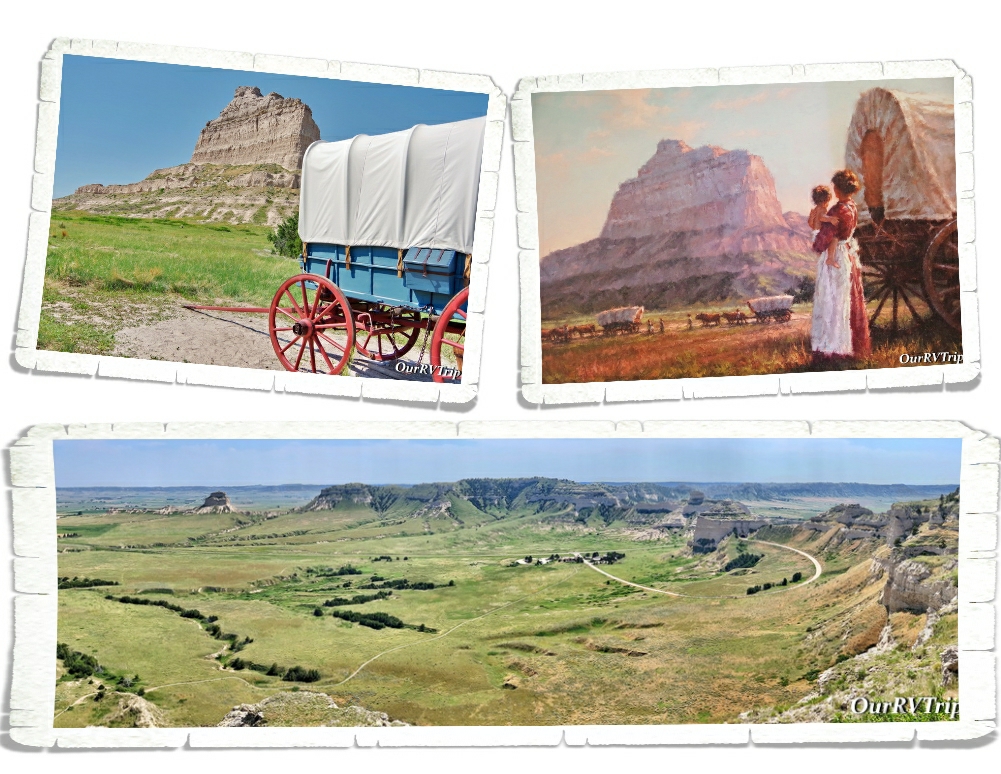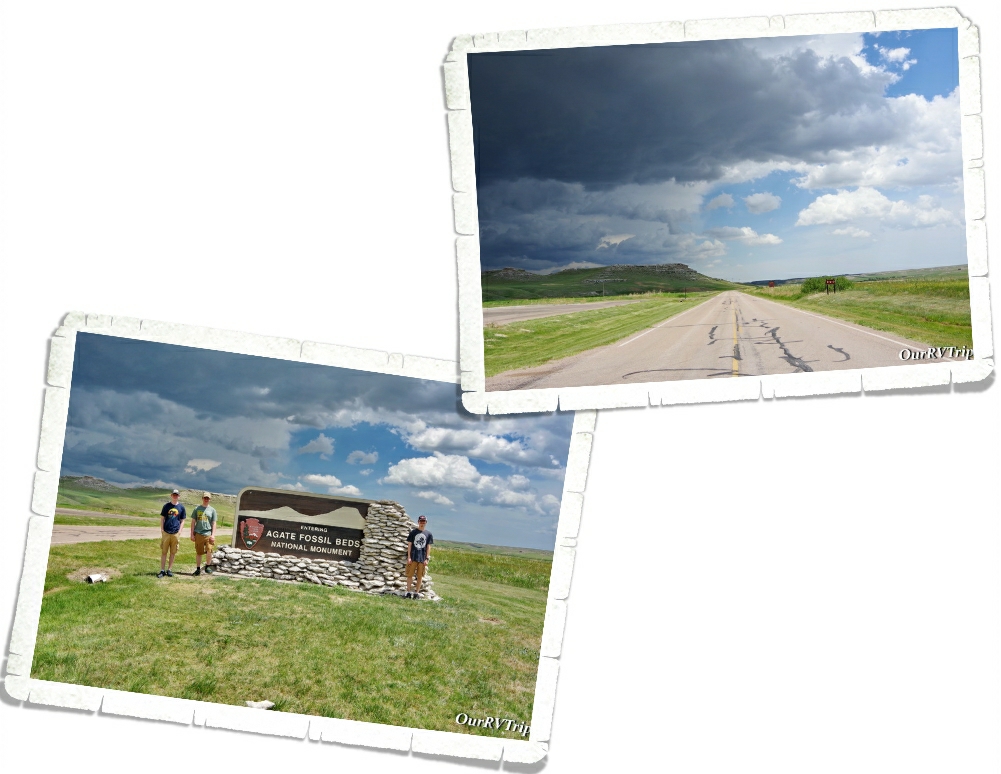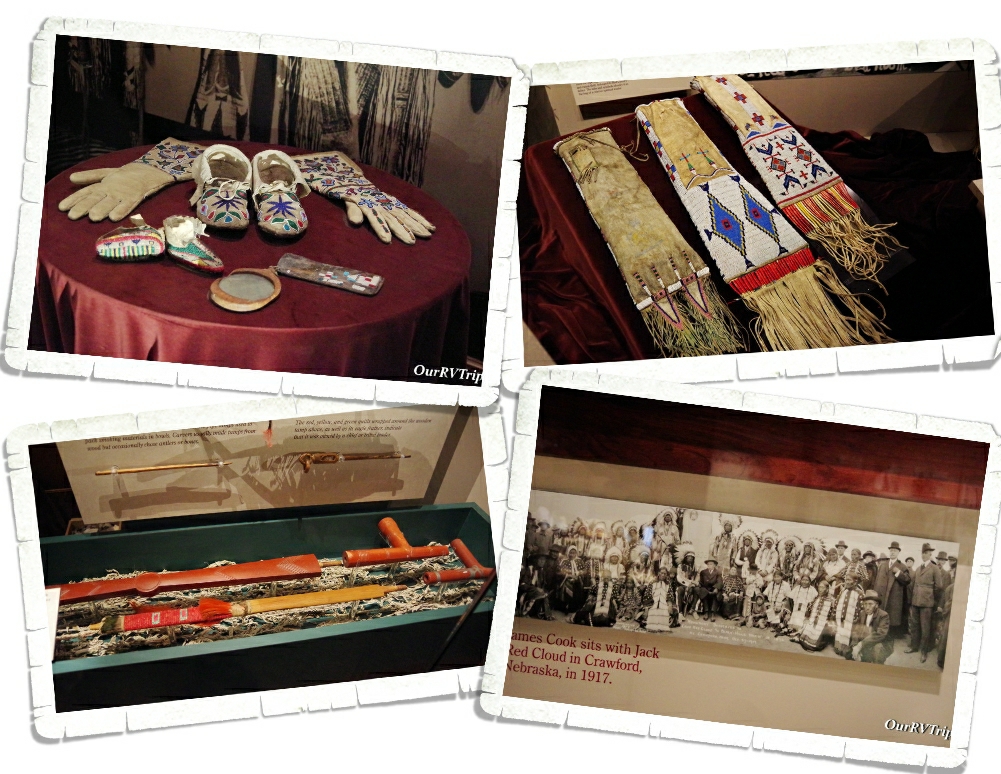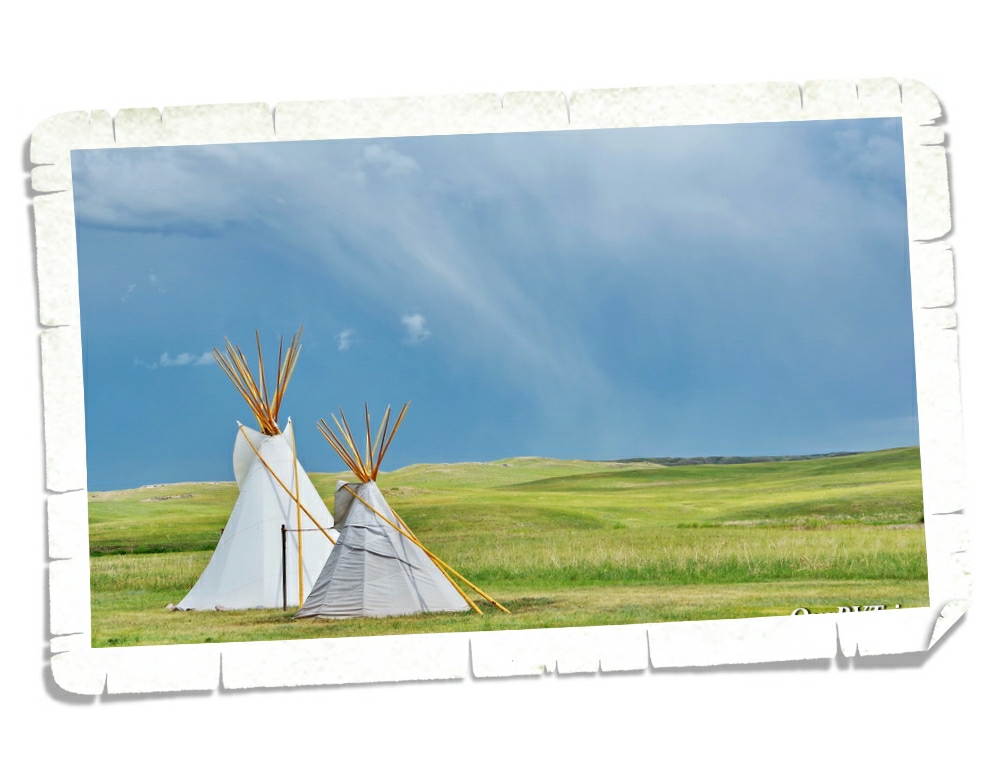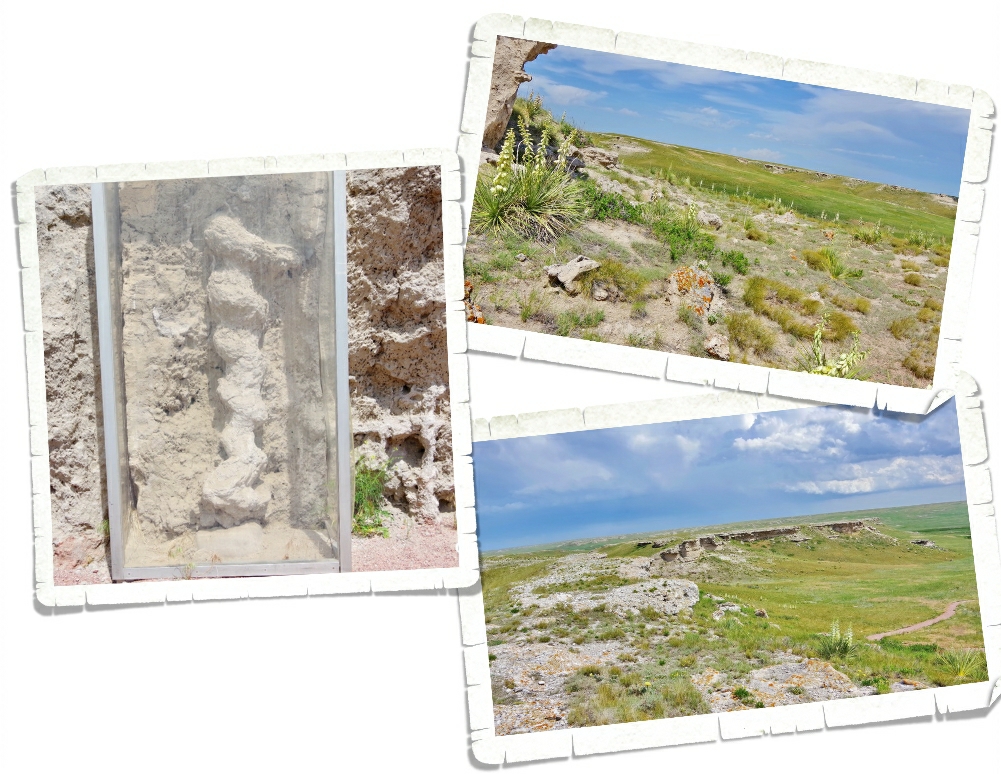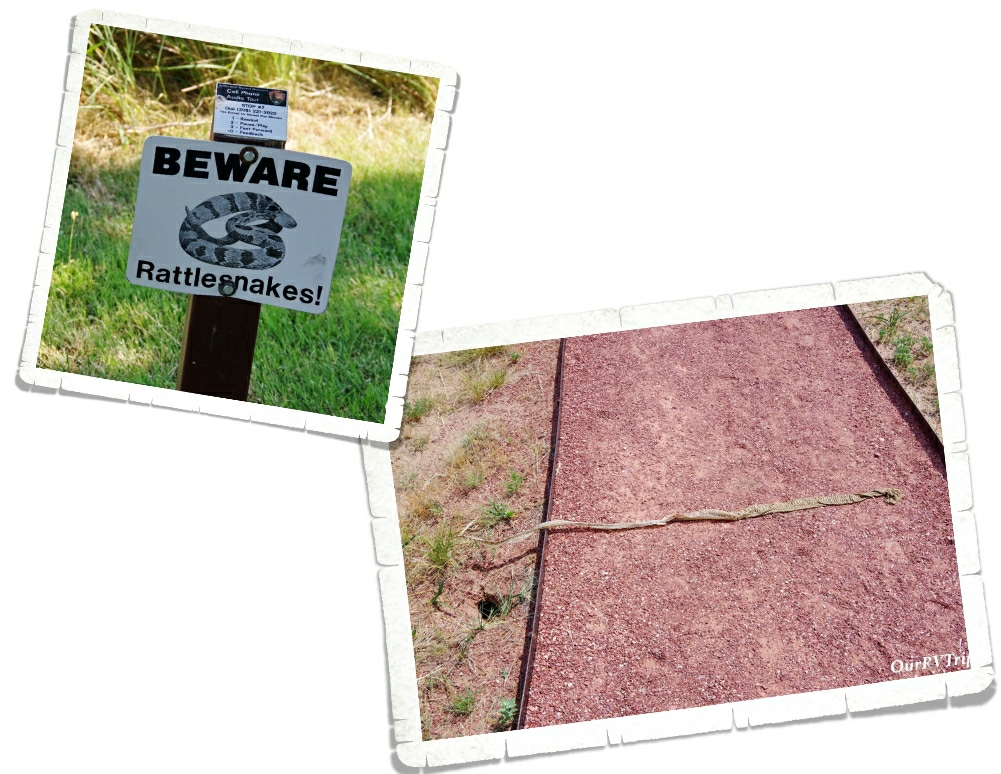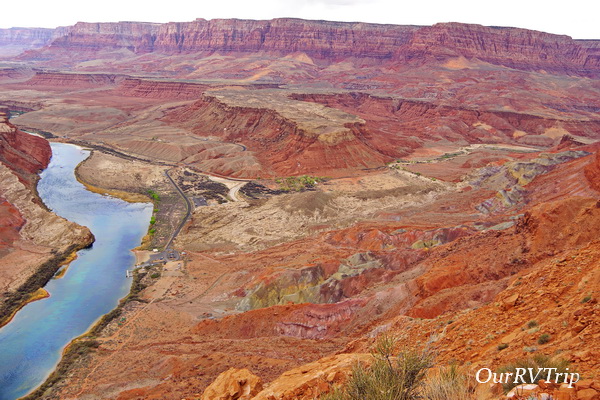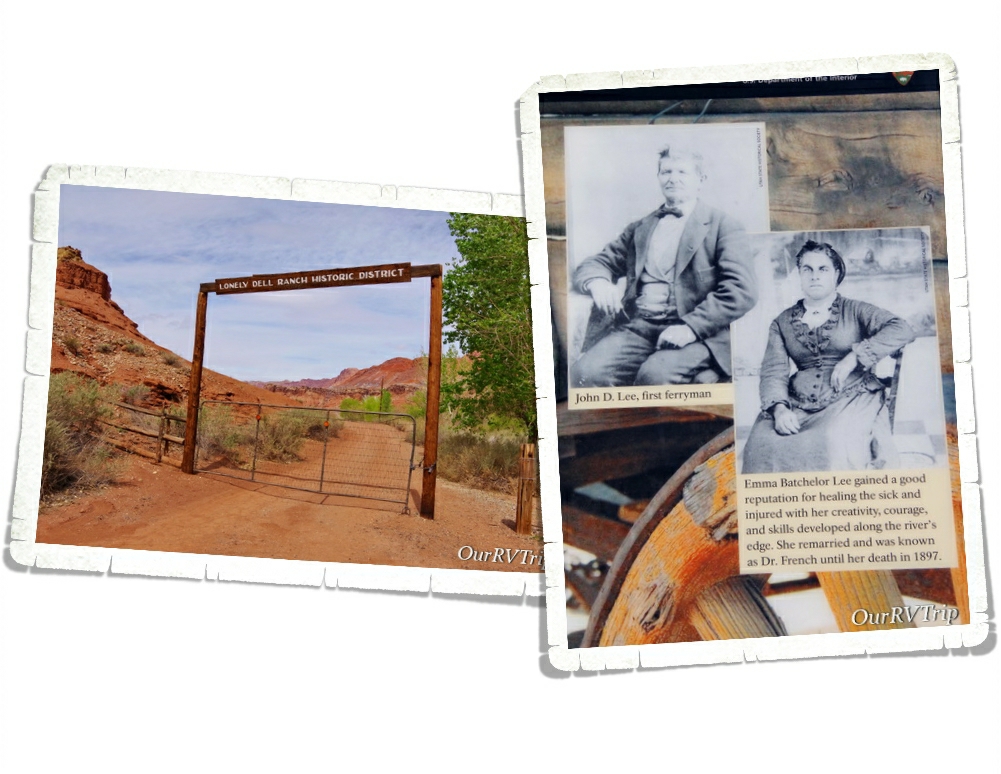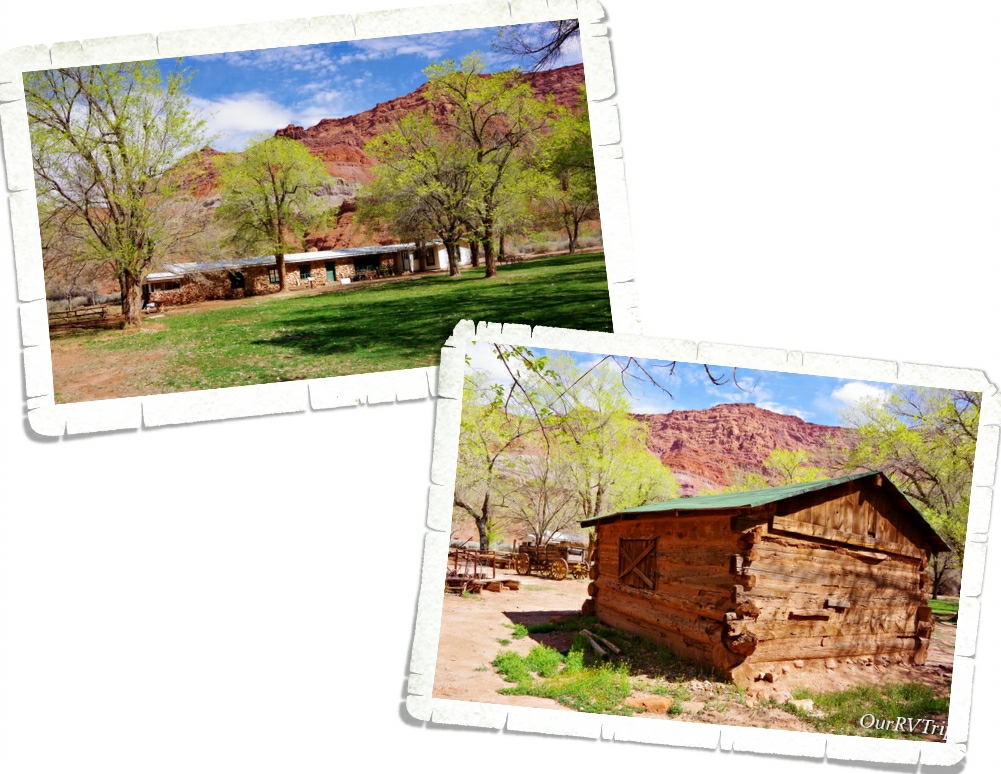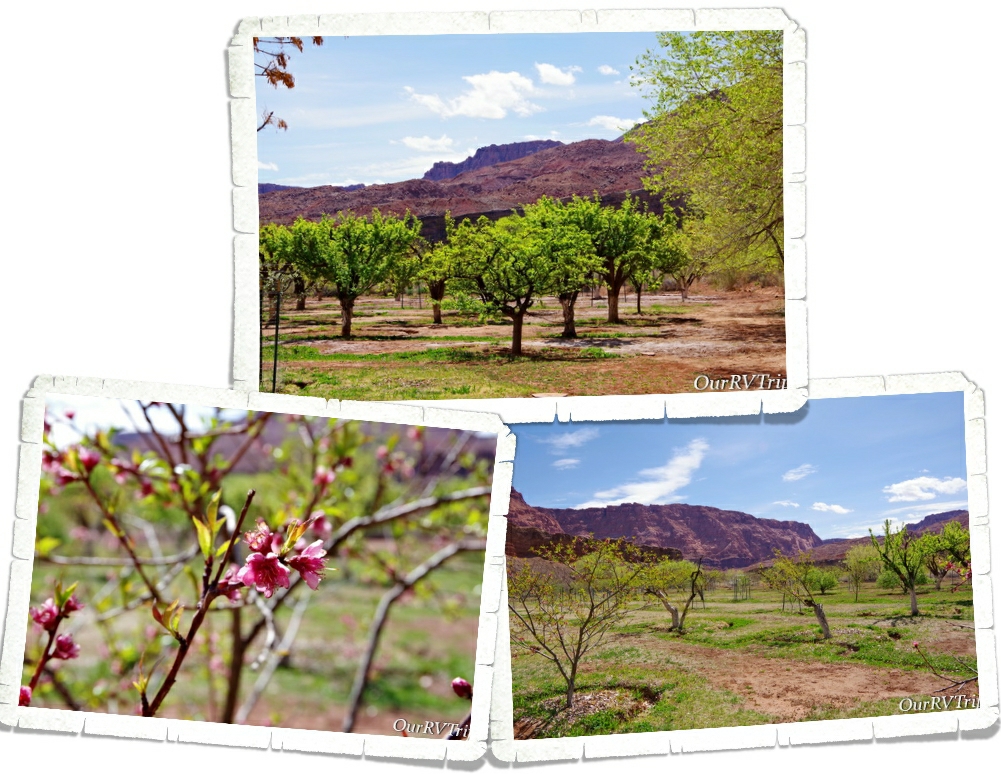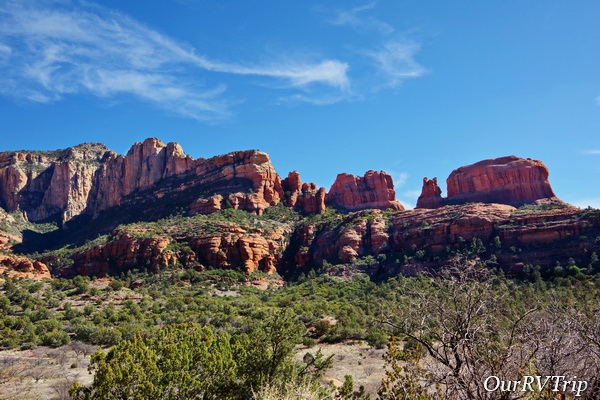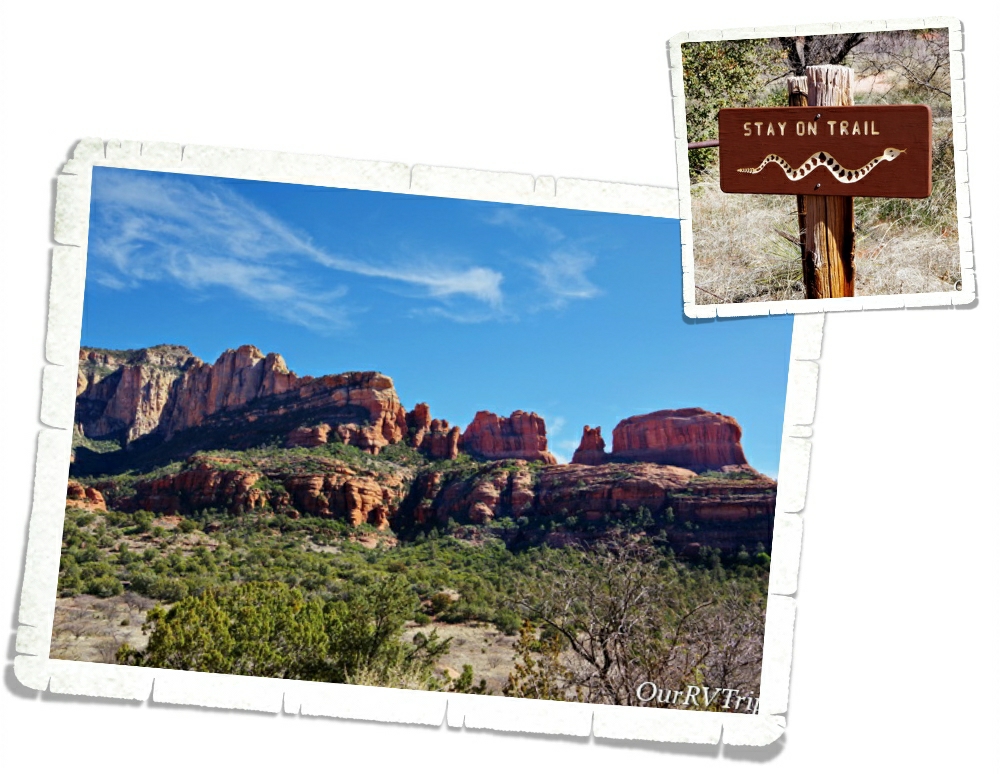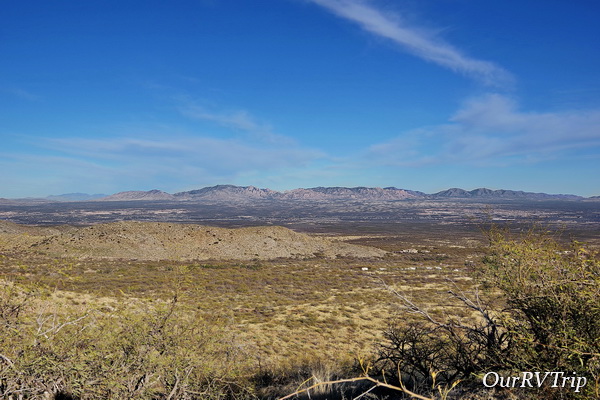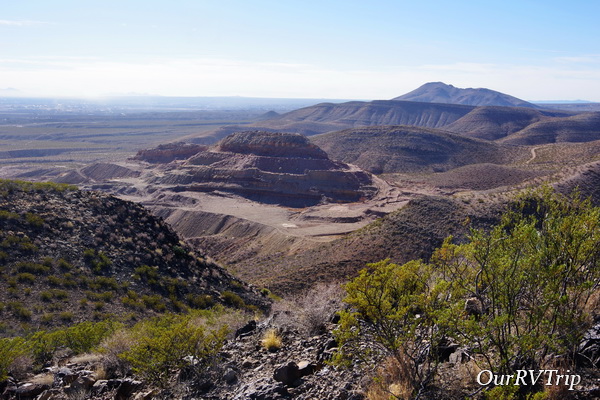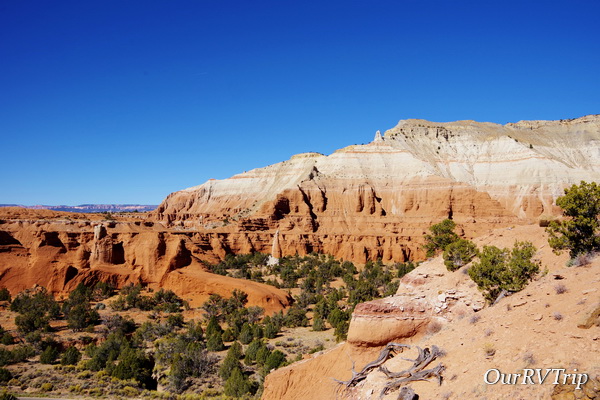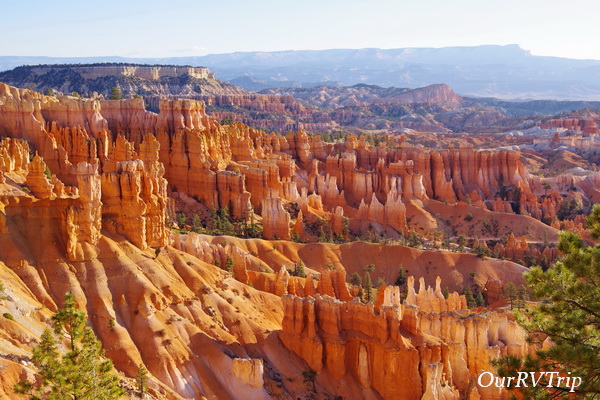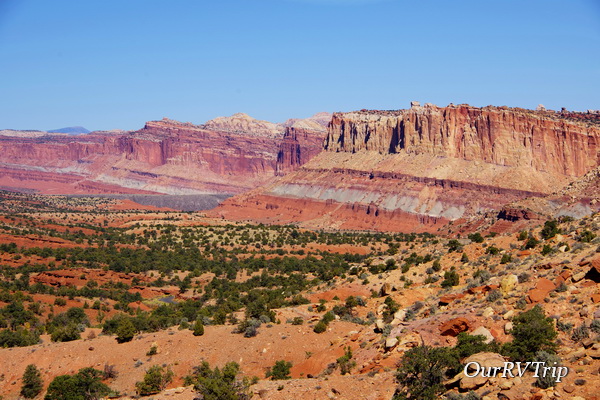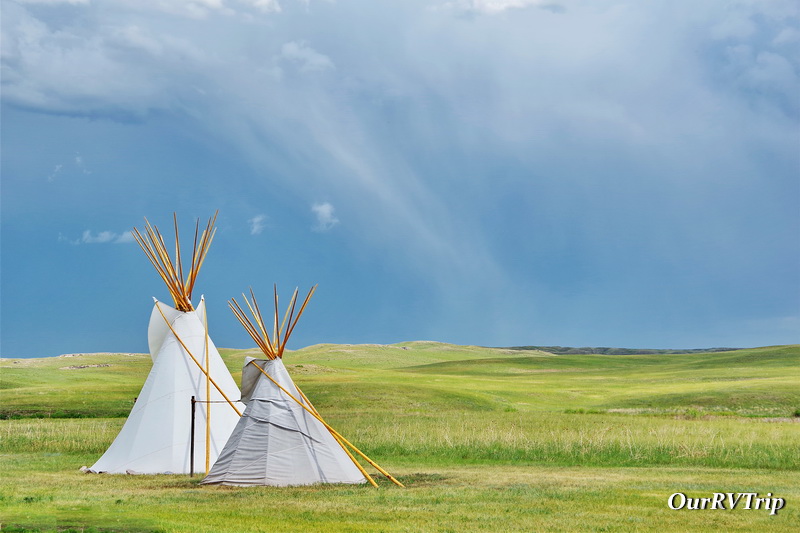
The Plains
Hey Guys! We’ve spent six years criss-crossing all over our Country, but we haven’t really spent much time in the plains area. Why?
Storms.
The plains are known for their huge storms that pop up and roll through. When you live in an RV…storms are a pretty big deal. The plains section of our Country has always made me nervous so I haven’t had us spend much time there over the last six years. We’ve always just hopped through on our way one way or the other. But this year… this year we spent two weeks in Scottsbluff, NE. We were on our way back to Missouri from our South Dakota loop and we’d already had some nerve-wracking weather. The tornado that almost hit us while we were in Custer and the wind storm that blew over us in Sundance…I was pretty nervous about staying out in the middle of nowhere Nebraska where the plains are so vast and the storms can rage through. We did have some storms while we were in Scottsbluff, but thankfully, they were just regular old summer storms. Not a ton of wind and no hail.
We used Scottsbluff as our basecamp to explore three National Park Units. The first one we went to was Fort Laramie National Historic Site up in Wyoming. Fort Laramie was originally named Fort William and was opened as a trading post in 1834. In the 1840s it was sold to the American Fur Company. Improvements were made and the name was changed from Fort William to Fort John. In 1849, the US Army purchased Fort John to use as a post of protection at the crossroads of America for those traveling on the Oregon Trail, California Trail, and the Mormon Trail. Over time the name gradually changed from Fort John to Fort Laramie as travelers shortened the phrase “Fort John at the Laramie River”.
One of our favorite things about visiting National Historic Sites is the glimpse into the lives of the past. The National Park Service does such a great job at staging rooms and giving us a little look into how people lived in the past.
The day we were at Fort Laramie, there was a Living Historian there to show and explain what the inside of a tipi most likely looked like. We’ve seen tipis before, but hadn’t seen one set up like this. The historian talked to us about what life was like on the plains as a woman in a tribe. It was really interesting!
Other important trails that went through Fort Laramie were the Bozeman Trail, Pony Express, Transcontinental telegraph route, and the Deadwood & Cheyenne Stage Route. Fort Laramie National Historic Site preserves one of the most important locations of the westward expansion.
Not far from Fort Laramie, we found a place where we could stand on the ruts made from the thousands of wagons on the Oregon Trial. The wheels of the heavy wagons actually cut right through the rock and made a permanent path. We also found a place called Register Cliff. We’ve seen a few of these during our travels…there’s one in Utah and one in New Mexico that are both part of the NPS and are great! We always enjoy looking at all of the names carved into the rock by passing emigrants. There were quite a few newer names that had been carved into this particular Register Cliff.
Scotts Bluff National Monument protects about 3,000 acres and consists of towering bluffs, badlands, mixed-grass prairie (watch out for those rattle snakes) and a rich riparian area. Rising 800 feet above the North Platte River, Scotts Bluff has been an important landmark to emigrants traveling along the Oregon Trail, Mormon Trail, Pony Express and the California Trail.
We enjoyed driving up to the top of the bluff and doing both of the hikes available. The views were spectacular! We spent quite a bit of time in the little museum at this park. It has a surprising amount of information. We started to walk the Oregon Trail path outside of the visitor center, but the day we went to this park, the temps were triple digits and we decided against doing the whole trail. I found this painting of a woman holding her toddler while watching a line of wagons in front of Scotts Bluff in the visitor center…Guys, I can’t imagine how hard life was for the trail blazers who made their way west. They were truly made of tougher stuff than we are now. This was a great little park and totally worth the time to visit!
Agate Fossil Beds National Monument was the last place we explored during our week in Scottsbluff. The day we went…it stormed. We still managed to explore the visitor center and get in one hike…but check out those dark clouds. Those dark clouds came with a decent amount of wind and some really cold rain along with some hail too.
Originally, this area was a working cattle ranch called Agate Springs Ranch owned by Capt. James Cook. Then, in the early 1900s some paleontologists found a treasure trove of complete skeletons belonging to extinct Miocene mammals. When I first saw these skeletons…I thought they looked like little t-rex dinos but then I looked at the info sign and found out that they were huge pig like creatures that stood over six feet tall. Wow! That’s a lot of bacon! ;-P Seriously though…I would not want to run into something like that out on the trail.
Around the same time, a friendship between James Cook and Chief Red Cloud of the Lakota began. The museum in the visitor center has a wonderful collection of artifacts given to James Cook by his friends in the Lakota Tribe. I thoroughly enjoyed looking at all of the beautiful bead work in the museum. There was also a peace pipe made with red pipestone…from the Pipestone National Monument we went to earlier this year! If you missed that post, you can find it here. It was really something to see one of the pipes out and know where it came from and the history behind it. We’ve learned so much during this Grand Adventure/crazy nomad life of ours!
A big storm went over while we were in the visitor center. It got windy and hailed and poured rain. The lights flickered and I rushed to make our souvenir purchase just incase the electric totally went out. These tipis are right outside the visitor center…I braved the elements to grab the shot above so I could show you what one of those great big plains storms looks like. It was an impressive storm. I’m glad we weren’t out on a trail hiking when it hit.
Once the storm blew through (it was moving pretty darn fast), we headed out to one of the shorter hiking trails. The one we did was about two miles and super easy, but it had some breathtaking views of the plains! And…we got to see some of the actual fossils that make this park important. It looks like a corkscrew and it took paleontologists a while to figure out what exactly it is. It’s the fossilized burrow of an ancient prairie dog type animal. No joke. We can’t seem to get away from prairie dogs this year! LOL!! It was really neat to see and our nerd family learned so much.
You know all of those warning signs about danger noodles on the trails…well, they aren’t lying! We found this big snake skin on the trail on the way back to our car. So…this big ol’ nope rope was somewhere close by. I don’t handle snakes very well. I think I just about flew to the car after that.
I love sunsets…I love sunsets even more when they’re mixed with amazing cloud formations! Jerl and I were out walking in the RV park when we spotted this amazing cloud! We walked around then sat outside and watched it turn colors as the sun sank behind Scotts Bluff over at the National Monument.
We also had some electrical issues while we were at this park. They weren’t our issue…it was with the town…but the temps outside were close to triple digits. I don’t know if you know this…but when you live in an easy bake oven, it gets hot real quick when there’s no AC. It ended up getting to 93* in the RV. We were struggling to stay cool! Our AC units had already been struggling, but I think that when the eclectic blipped on and off and then went out, it did something to our AC units. They never seemed to get quite as cold or keep up with the heat after that. Guess we’ll need to look into replacing those sooner rather than later.
Guys…there were so many pretties blooming! It took me twice as long (maybe longer) than usual to hike because I kept stopping to snap pictures of all of the different flowers. Love them!!
We found a really great burger place called Goonies! We were going to go back, but we didn’t have time since we were only there for a week. We also made it to a Mexican food place and somehow ended up getting all of the dips. I’m a dip person…are you?
Well Guys, we crammed all of that into one week! It was an incredibly busy week and to be honest, we were all ready for a vacation from our crazy nomad life after the South Dakota loop!
See Y’all down the road!
#NationalParkTour

